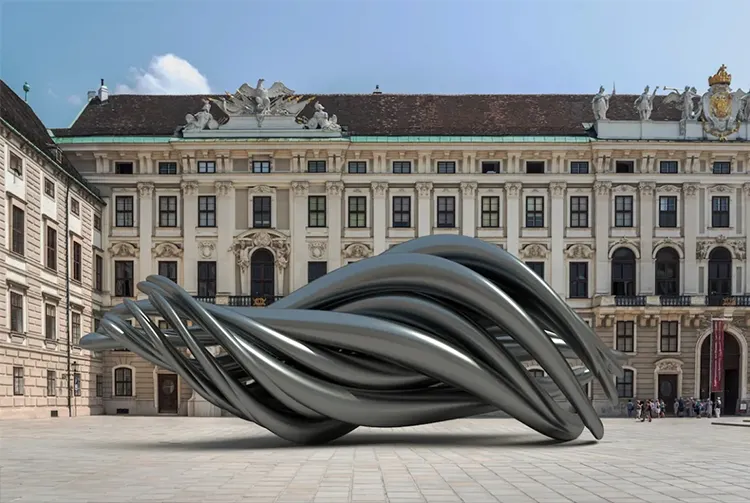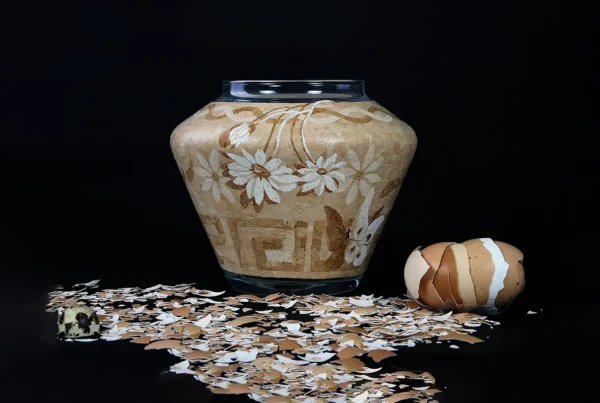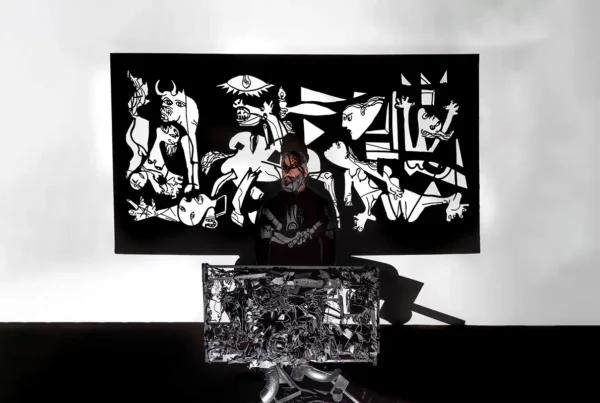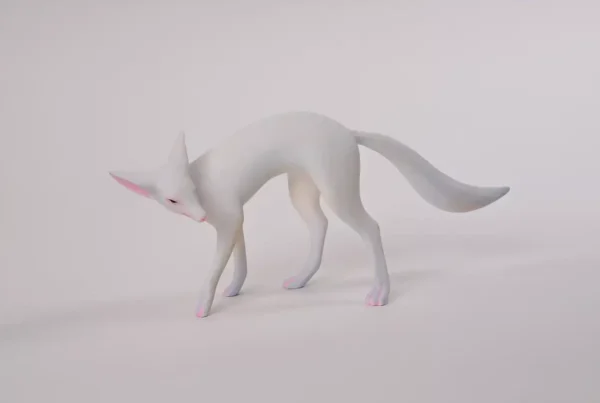Redefining Creativity: The Intersection of Tradition and Technology
Ken Kelleher’s artistic journey is a testament to the transformative power of innovation in contemporary sculpture. His career began at Alfred University, where his studies under sculptors Glenn Zweygardt and William Parry ignited a passion for large-scale steel sculptures. Influenced by the works of David Smith and Anthony Caro, Kelleher crafted monumental pieces that pushed creative and logistical boundaries, leading his university to impose size restrictions on students’ projects.
Post-graduation, Kelleher honed his skills at Hudson Studio, working on cast bronze sculptures for notable artists like Anthony Caro and William Tucker. Despite his success in traditional sculpture, his career path shifted when he ventured into digital design. For two decades, Kelleher worked in advertising and branding, mastering digital tools that would later revolutionize his sculptural practice. Five years ago, a rediscovery of 3D modeling rekindled his passion for creating art. This pivotal moment allowed him to merge digital and physical realms, visualizing large-scale sculptures within virtual environments and opening up endless creative possibilities.
Kelleher’s innovative approach seamlessly blends his traditional background with cutting-edge technology. By reimagining sculpture through a digital lens, he continues to challenge conventions, crafting forms that provoke thought and interaction in both virtual and physical spaces.
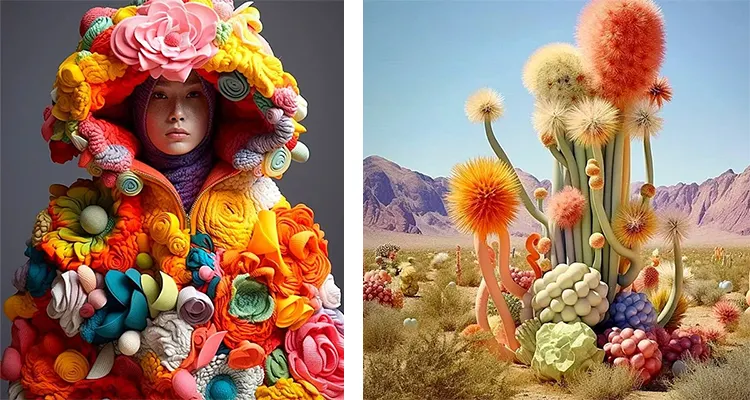
Ken Kelleher: Sculpting the Concept of Form Without Function
Kelleher’s work delves into the philosophical exploration of form, stripping objects of their utilitarian purposes to reveal their inherent beauty and potential. His sculptures are an investigation into the essence of objects—what they become when functionality is removed. This inquiry results in forms that evoke surprise and delight, often through unexpected juxtapositions and playful transformations of basic geometric shapes.
The digital medium is central to Kelleher’s creative process. Beginning with sketches, he transitions to rough digital renderings, experimenting with scale, placement, and environmental interaction. By virtually situating his sculptures in diverse settings—urban landscapes, galleries, or open fields—he assesses their impact and resonance with their surroundings. This iterative process allows him to experiment with bold, untested ideas that might be impractical or impossible in traditional mediums.
Despite the lifelike quality of his digital renderings, Kelleher emphasizes that these are not endpoints but integral steps in his artistic journey. His ultimate goal is to realize these forms in physical materials. However, the challenges of fabricating large-scale sculptures often render the digital representations as a form of art in their own right, showcasing the tension between concept and realization.
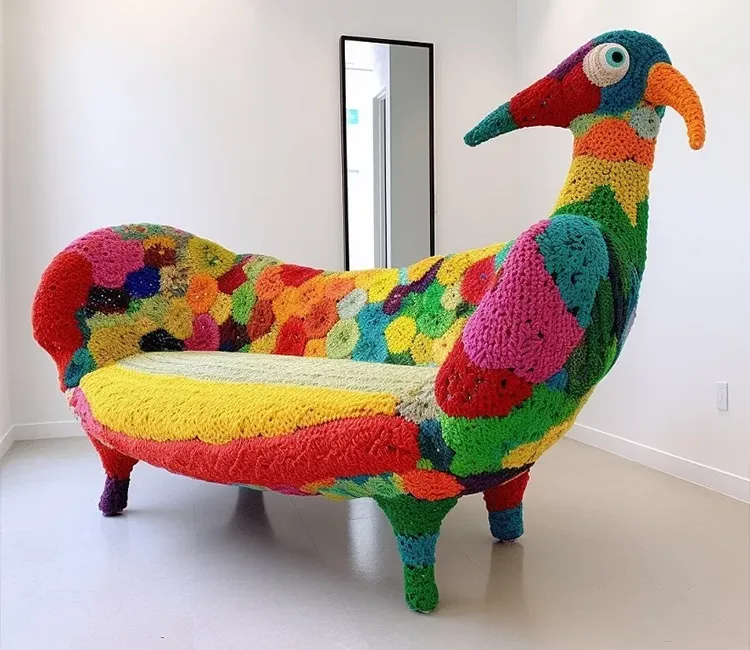
From Steel to Pixels: Embracing Diverse Inspirations
Kelleher’s eclectic influences span movements and mediums, blending historical and contemporary aesthetics. He draws from the formalism of David Smith and Anthony Caro, while also embracing the whimsical and surrealist elements of pop art icons like Ron English and Takashi Murakami. These varied inspirations enable Kelleher to merge gravitas with playfulness, resulting in works that feel both timeless and relevant.
The artist’s fascination with multi-material approaches is evident in his experiments with steel, fiberglass, and digital formats. He cites the works of Richard Deacon, Phyllida Barlow, and Franz West as pivotal in shaping his understanding of unconventional aesthetics and material versatility. By incorporating these influences, Kelleher creates sculptures that are both deeply rooted in art history and strikingly contemporary.
Kelleher’s venture into the NFT space exemplifies his commitment to innovation. Initially skeptical, he recognized the potential of this digital frontier after witnessing Beeple’s groundbreaking success. NFTs have enabled Kelleher to expand his practice into animation and digital collectibles, pushing the boundaries of how sculptures can exist and be experienced in virtual spaces.
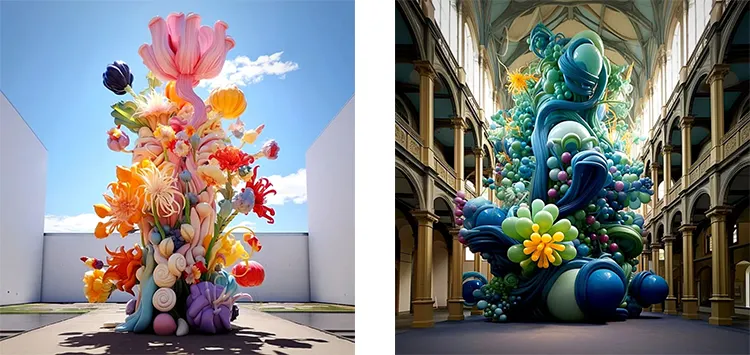
Ken Kelleher: Public Spaces as Stages for Reflection
Kelleher’s large-scale public sculptures are designed to provoke interaction and reflection. By disrupting conventional spaces—whether through scale, placement, or form—his installations challenge viewers to engage with their surroundings in new ways. These disruptions are intentional, creating moments of pause that invite curiosity and dialogue.
Art, in Kelleher’s view, should be an active participant in the public sphere. His sculptures often block paths, demand attention, or create unexpected encounters, encouraging audiences to reflect on the relationship between art and space. Through playful and sometimes uncanny forms, Kelleher fosters a sense of wonder, reminding viewers of the transformative potential of art in everyday life.
Looking ahead, Kelleher remains committed to bridging the digital and physical realms. His current projects include public installations in Italy, Portugal, and Oman, as well as collaborations with brands like Nike on augmented reality initiatives. With each new endeavor, Kelleher continues to push boundaries, expanding the possibilities of what sculpture can be in the 21st century.
